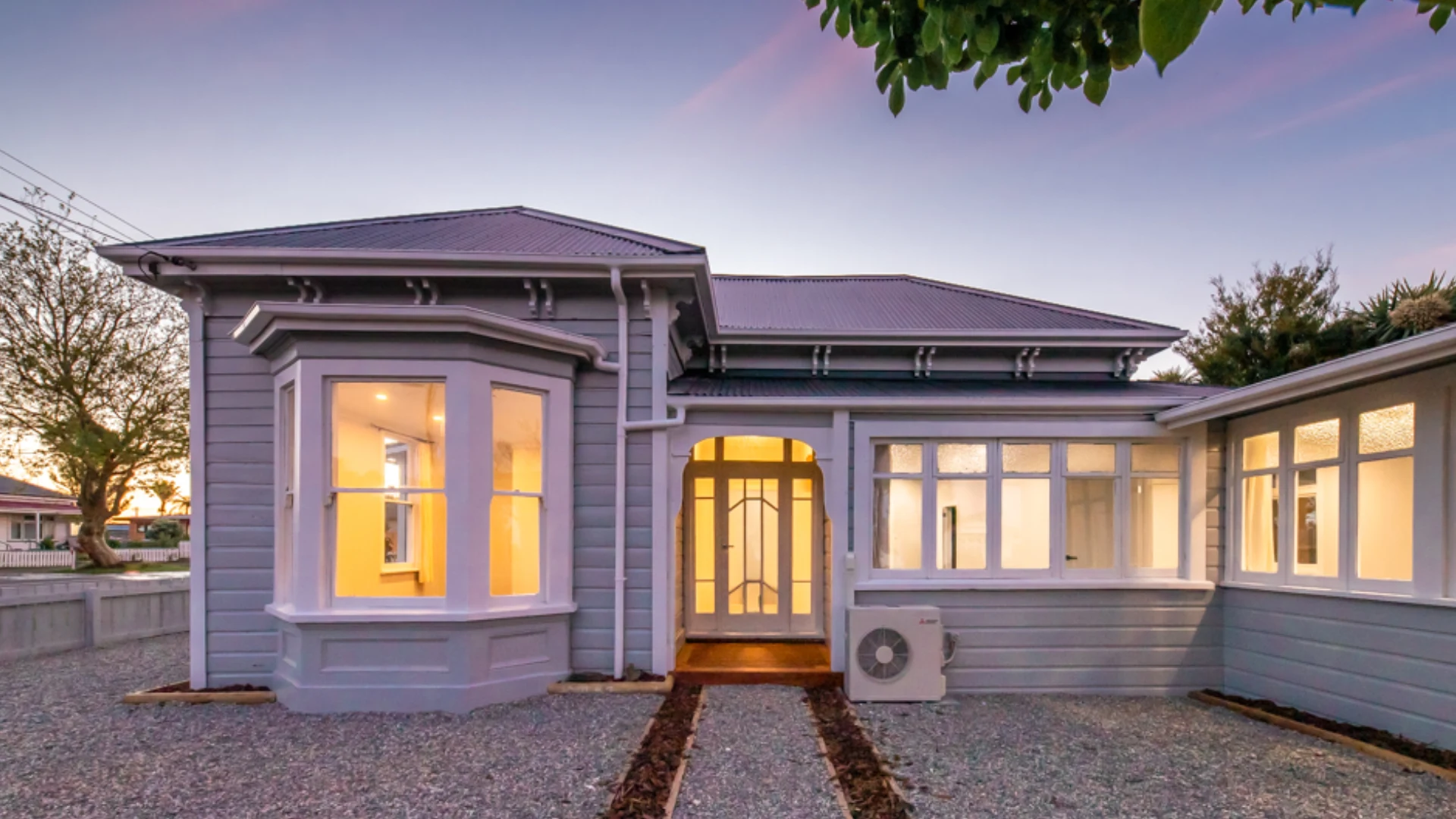When considering purchasing a home, one of the primary decisions is whether to buy a new build or an existing property. Both options have their advantages, depending on your priorities and lifestyle. Here’s a detailed comparison covering maintenance costs, land size, location, adding value, warranties, bank value, resale benefits, and finance.
Maintenance Costs
New Build Homes:
One of the most significant advantages of a new build is the minimal maintenance required. Everything from the roof to the plumbing is brand new, which means fewer repairs and lower costs in the early years. New builds often come with modern energy-efficient systems, reducing utility bills and overall maintenance expenses.
Existing Homes:
Older homes may come with charm and character, but they often require more upkeep. From outdated wiring to potential roofing issues, maintenance costs can quickly add up. However, these homes may have already undergone major renovations, which can reduce immediate expenses.
Land Size
New Build Homes:
New developments, especially in urban areas, often feature smaller plots. While these homes might have less outdoor space, they’re designed to maximize indoor living areas. In suburban or rural areas, new builds may offer larger lots, though they’re generally smaller than those of older properties.
Existing Homes:
Older homes tend to come with larger plots of land, particularly in established neighborhoods. This can be a significant advantage if you’re looking for a spacious yard or have plans for outdoor renovations.
Location
New Build Homes:
New builds are often located in up-and-coming areas with modern amenities and infrastructure. These areas may be less established but offer potential growth, making them appealing for long-term investment. However, they may be further from city centers or established communities.
Existing Homes:
Older homes are typically found in well-established neighborhoods with mature trees, schools, and community services. The location is often more central, which can be beneficial for commuting and access to amenities.
Adding Value
New Build Homes:
While new builds are already modern and up-to-date, there’s usually less room for immediate value-adding renovations. However, as the area develops, the value of the property may increase.
Existing Homes:
Older homes often provide more opportunities to add value through renovations, extensions, or landscaping. With thoughtful improvements, these homes can significantly appreciate in value.
Warranties
New Build Homes:
One of the biggest advantages of a new build is the warranty, which typically covers structural defects and major systems for 10 years or more. This gives homeowners peace of mind and financial protection.
Existing Homes:
Warranties on older homes are typically non-existent, meaning any repairs or defects are the responsibility of the homeowner. However, some existing homes may come with recent updates or renovations that include warranties.
Bank Value
New Build Homes:
Banks often value new builds favorably due to their modern construction and energy efficiency. This can result in better mortgage rates and easier financing.
Existing Homes:
While older homes may have lower initial costs, their value can be more variable depending on the condition and location. This can sometimes make securing financing more challenging.
Resale Benefits
New Build Homes:
New builds may attract buyers looking for modern amenities and minimal maintenance. However, they may not appreciate as quickly as existing homes, particularly in saturated markets.
Existing Homes:
Older homes in established neighborhoods often hold their value well and may appreciate faster, especially if significant renovations have been made.
Finance
New Build Homes:
Financing a new build can sometimes include incentives from developers, such as lower interest rates or smaller deposits. Additionally, new builds often qualify for first-time homebuyer programs.
Existing Homes:
Financing an existing home may involve traditional mortgage products with fewer incentives. However, these homes can offer more immediate equity and negotiation opportunities.
New builds offer low maintenance, modern amenities, and warranties, making them ideal for those looking for a hassle-free living experience. On the other hand, existing homes provide larger land sizes, established locations, and opportunities to add value. Ultimately, the decision comes down to what matters most to you—whether it’s the ease of a new build or the potential of an existing home.







